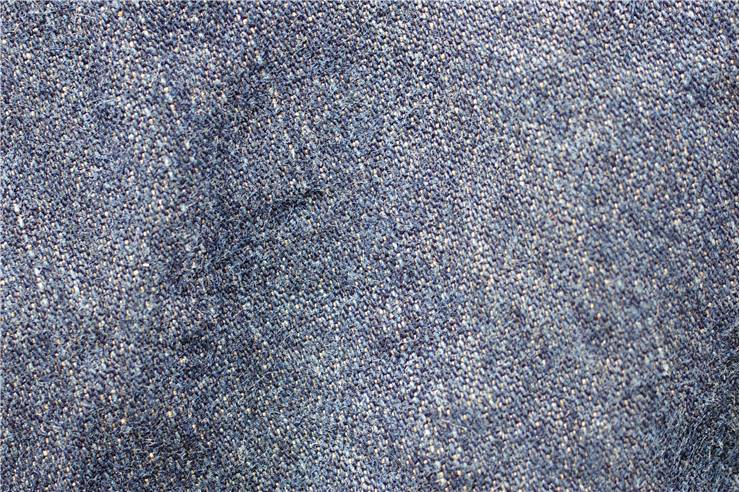History of Dungaree Fabric
Dungaree was mentioned for the first time in the 17th century, when it was referred to a cheap, coarse, thick cotton cloth, often colored blue but sometimes white, worn by impoverished people in what was then a region of Bombay, India a dockside village called Dongri. Hindi name of this cloth was “dungri”. Dungri was exported to England and used for manufacturing of cheap, robust working clothes. English began to call “dungri” cloth a little different, and it became “dungaree”.
Everyone who needed clothes for hard work that would not tear after a short time, from workers to slaves, began to wear dungarees. It was used for making of utility uniforms in the United States Navy during the World War One. Dungaree was also used for working clothes of women during that same time. It was used as a material for sails from which sailors later made their cloth for the same reasons as above. Because of all of that, name “dungaree” was starting to be used for fabric as well as for an item of clothing (as plural “dungarees”). They were used the same way as jeans clothing.

Dungaree is often compared to denim, but there is a difference. While denim is woven from uncolored yarn and only colored after weaving, dungaree is made from pre-colored yarn. They became fashionable in the other half of the 40s and by the start of the 50s, they gained wider acceptance as casual wear because they are comfortable, easy to wear and practical.
Today dungarees are made in a wide range of sizes, colors, fits, and forms. They can be tight or loose-fitting, stone-washed and deep indigo, frayed and formal.

